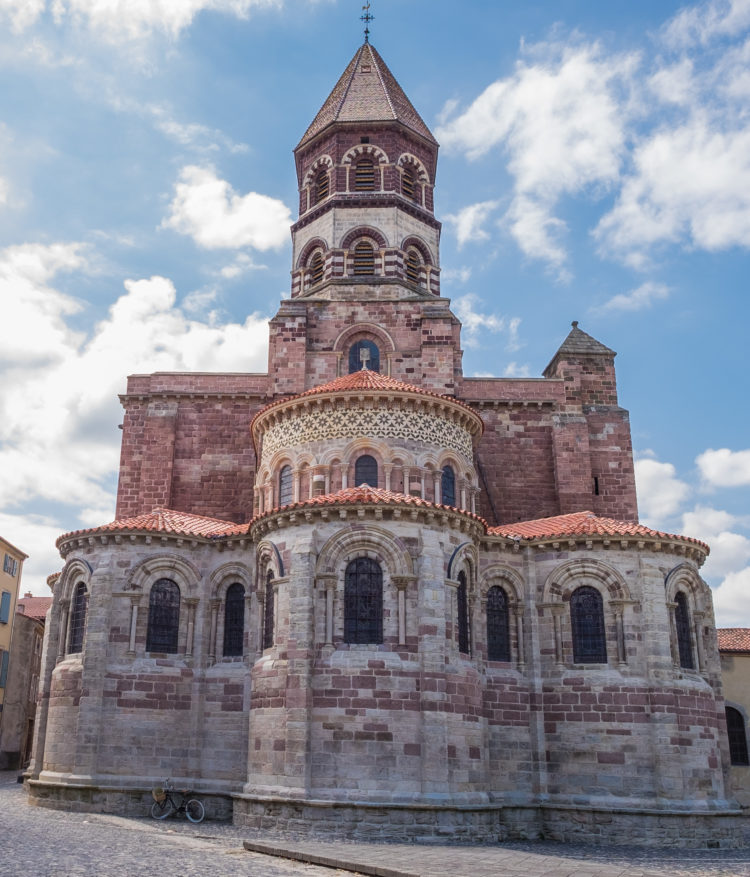A question of naming choices
Almost every town you visit in your travel around western Europe will have some kind of prominent religious building in the center of the city. But it can be difficult sometimes to figure out what you’re looking at, at least according to the taxonomy of the Catholic church. Is it a cathedral? Or a basilica? Just a regular “church”? Or something more exotic like an abbatiale, a collegiale, or a chapelle?
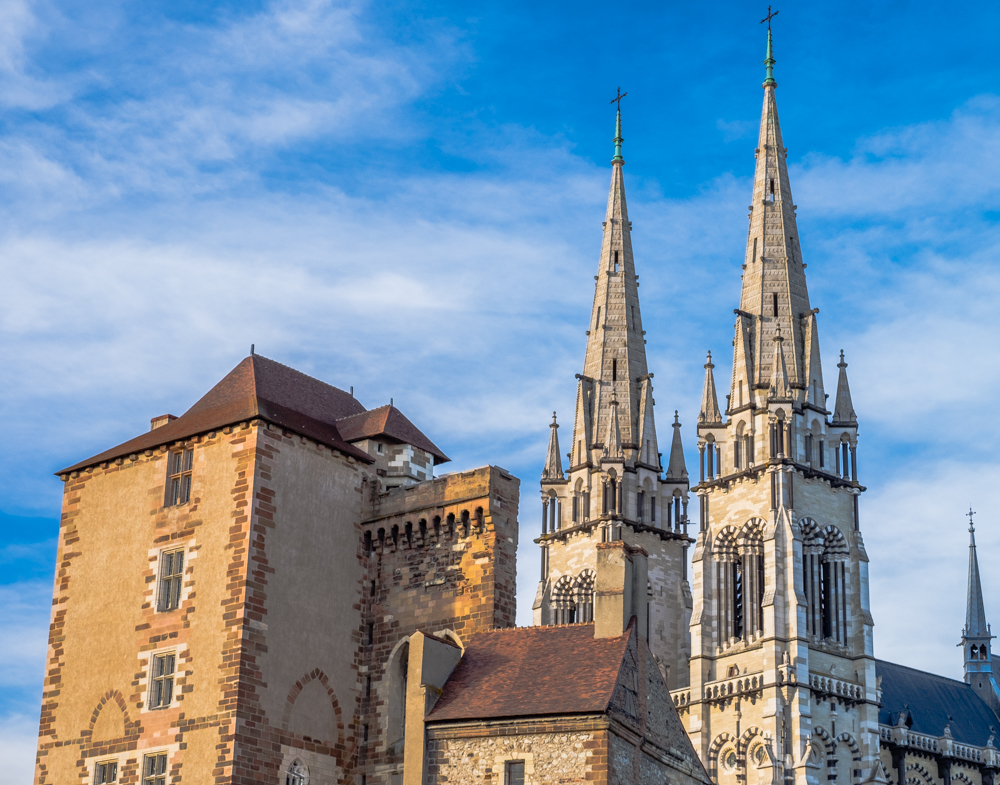
Here’s a quick guide with some examples drawn from the area I love most, the “deep heart” of central France. (And yes, I do know that there are many other houses of worship, including mosques, temples, and Protestant halls, even here in France. But they are rarely the visible landmarks that mark the skylines of so many cities and villages in this area. Although the country is now significantly more secular than religious, France’s architectural heritage won’t soon reverse almost 2,000 years of dominance by the Catholic church and its hierarchical network.)
Cathedrals
A cathedral is always associated with a bishop – it’s his headquarters within his diocese, thus the “first among many” of all the churches in the area. Although the word technically doesn’t say anything about the form of the building, historically, it also implies something large, dramatic, and well-appointed – a display of the wealth and authority associated with a bishop of the Catholic church.
Two of the most impressive examples in central France are Notre Dame de l’Assomption in Clermont-Ferrand and Notre Dame du Puy in Le Puy en Velay. Both are on sites that have been the seats of bishops all the way back to the 5th century A.D., although they’ve evolved in radically different ways.
The one in Clermont-Ferrand is the famous “black cathedral”, constructed of local lava stone in a soaring Gothic style, while the one in Le Puy en Velay has a much more exotic, Romanesque architecture associated with its long history as a starting point for pilgrims setting out on the Way of Saint James to Compostella.
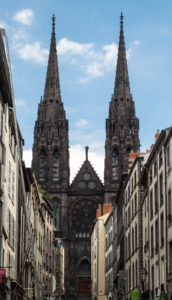
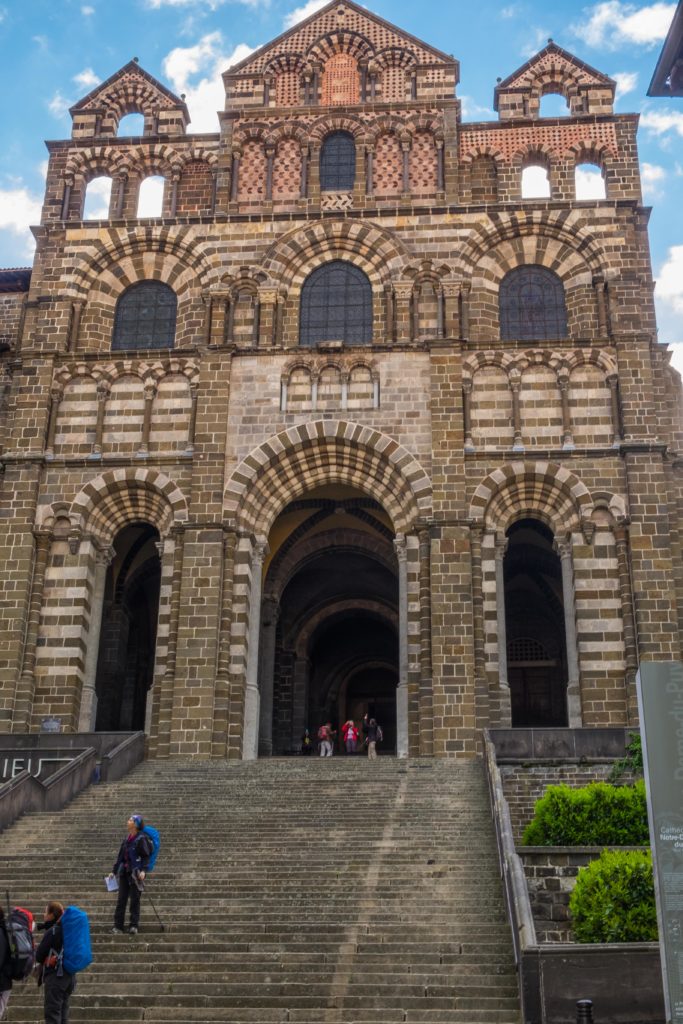
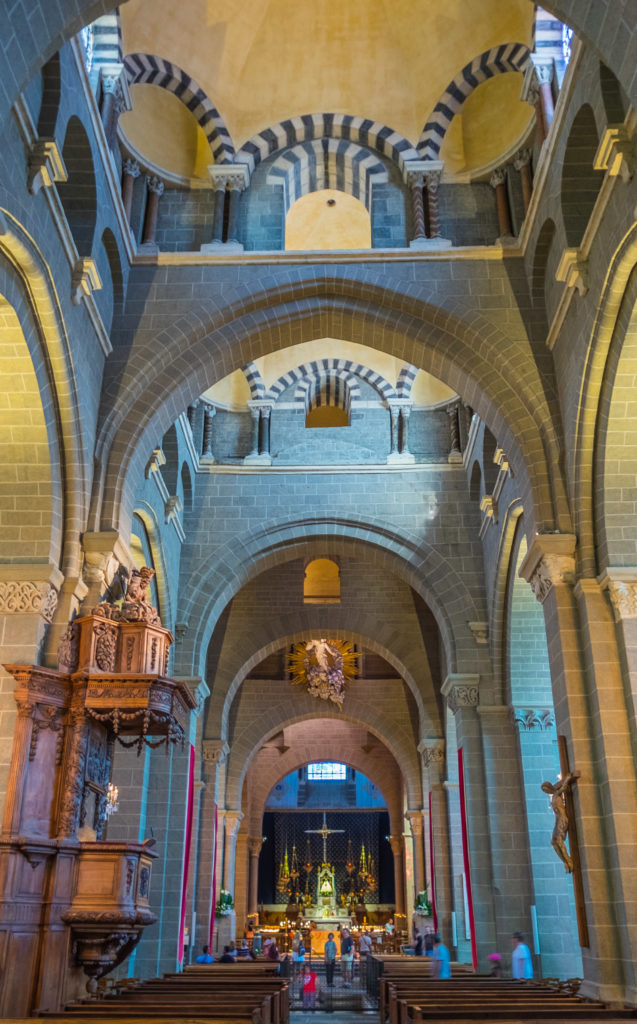
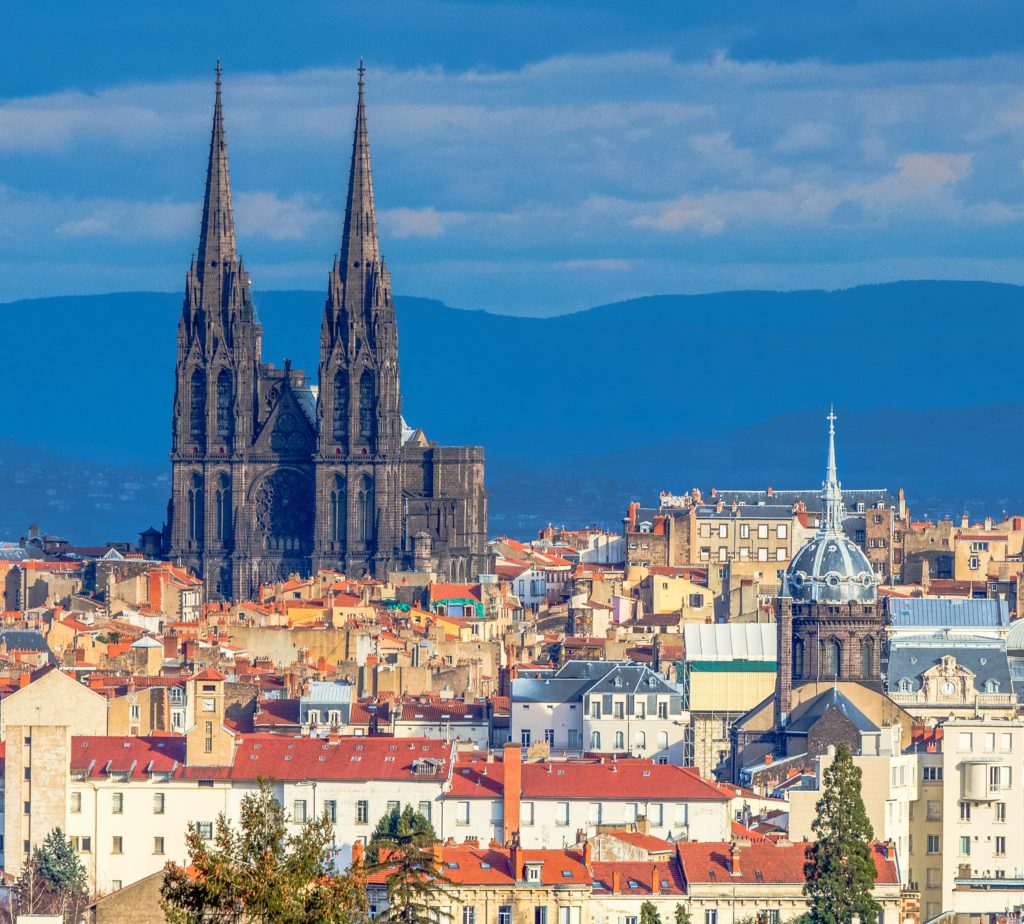
Basilicas
A basilica is something quite different. You’ll even see the word (meaning “royal walkway” or “royal house”) attached to several buildings in the ancient Roman empire that had no religious function at all – it meant just that they were public administration centers. In Catholic terms, though, it is an honorary title given to a place by the Pope, usually because the building is a pilgrimage site or has some other historical significance.
For example, Notre Dame du Port in Clermont-Ferrand is a fine old Romanesque jewel that was itself once the seat of a Bishop until that office moved up the street to the “black cathedral” in the 13th century. But it has its own rich history. It is part of the UNESCO World Heritage list of sites associated with the Way of Saint James, and Pope Urban II came here in 1095 to preach the first Crusade to Jerusalem to the assembled knights of France.
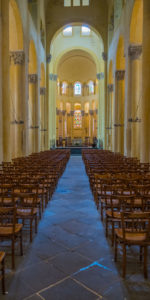
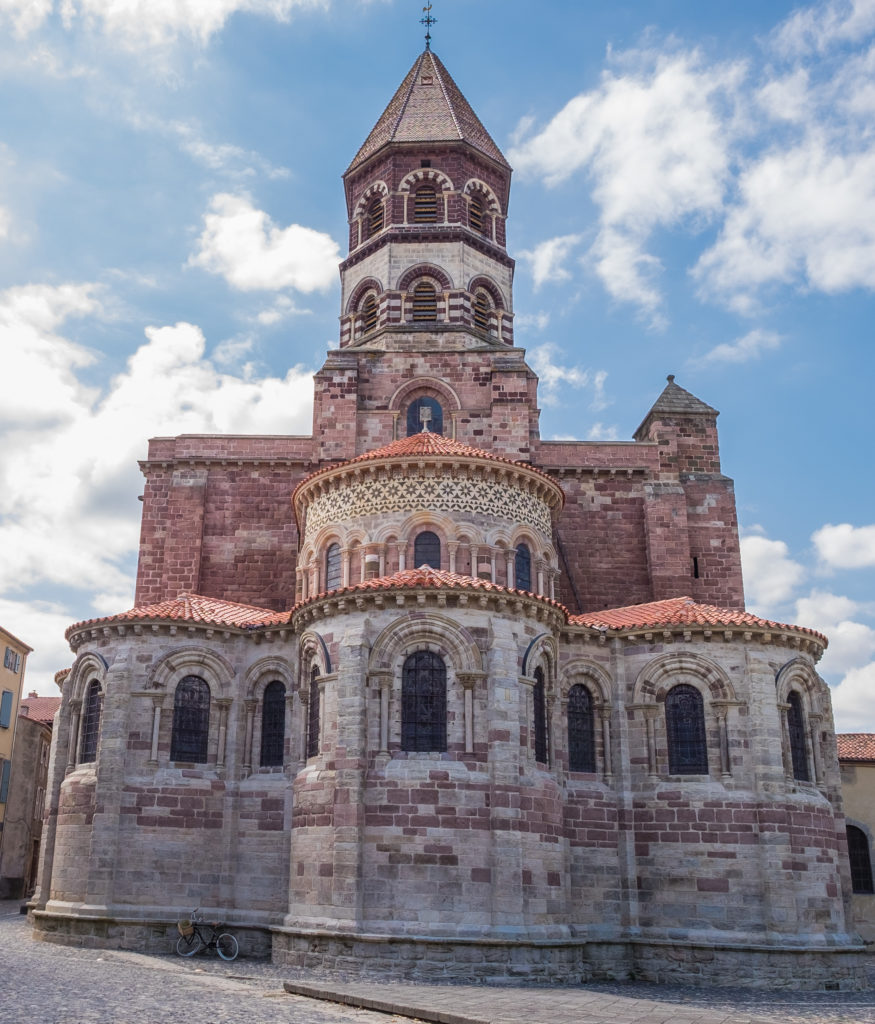
And the largest basilica in the Auvergne is Saint Julien in Brioude. A Michelin 3-star attraction for its extraordinary Romanesque art and architecture, it’s almost a thousand years old (although it was only elevated to the status of basilica in 1957 by Pope Pious XII). Like other monuments given this designation, it’s presumed to enjoy a “special relationship” with the Pope, and the honor comes with some specific liturgical requirements and “ecclesiastical privileges” for the local congregation.
Eglises
If a building is just called a church (église in French), it’s by definition meant to serve as the gathering place for people of a specific parish. It can certainly be historic in its own right – my favorite right now is the beautiful little church at St. Menoux, which has a special “surprise” inside for visitors to discover – but nothing more is implied by the designation.
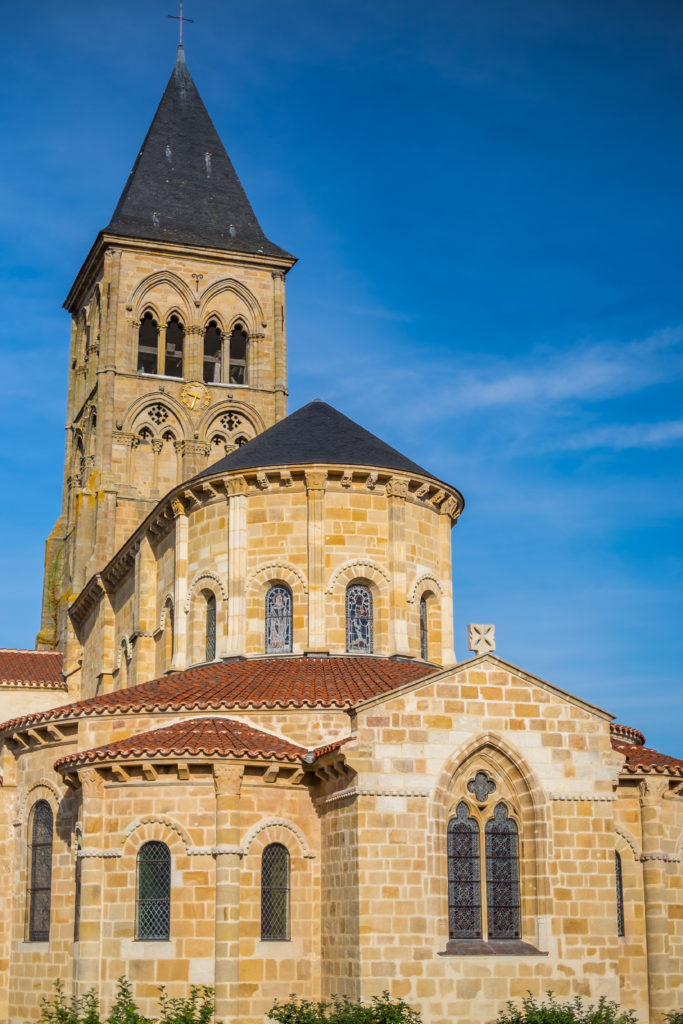
Depending on which census you trust, there are between 40,000 and 70,000 églises in France, and not all of them are particularly noteworthy. See, for example, this homely example of a very old building that has been clumsily re-built over time in the little community of Monestier!
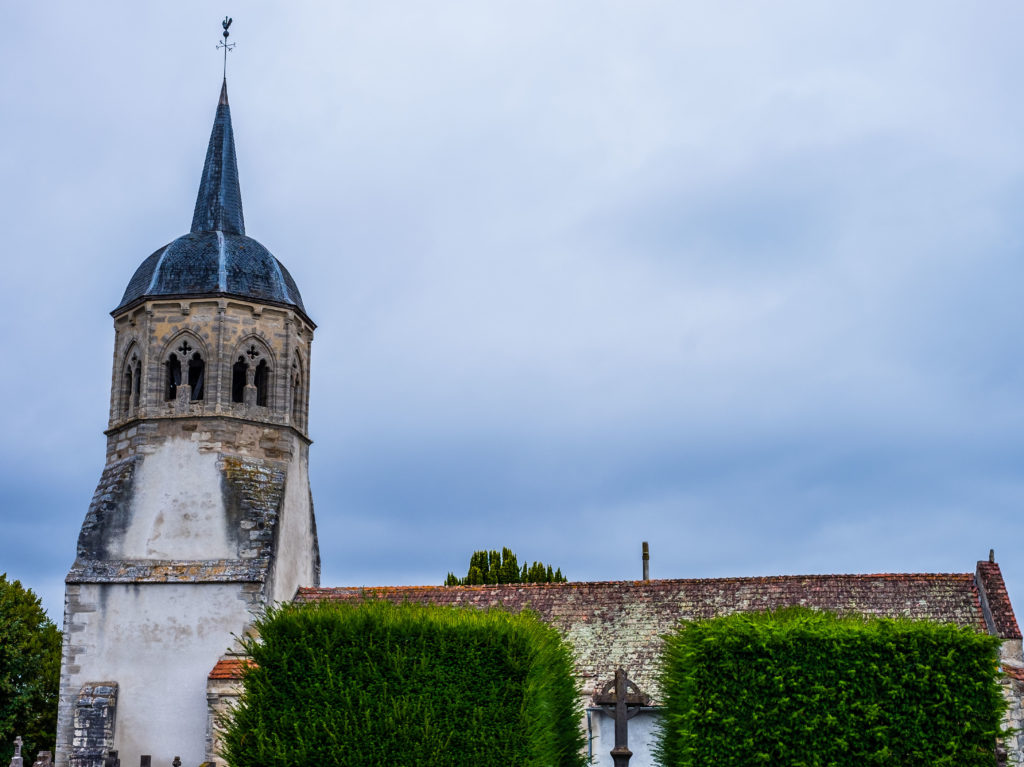
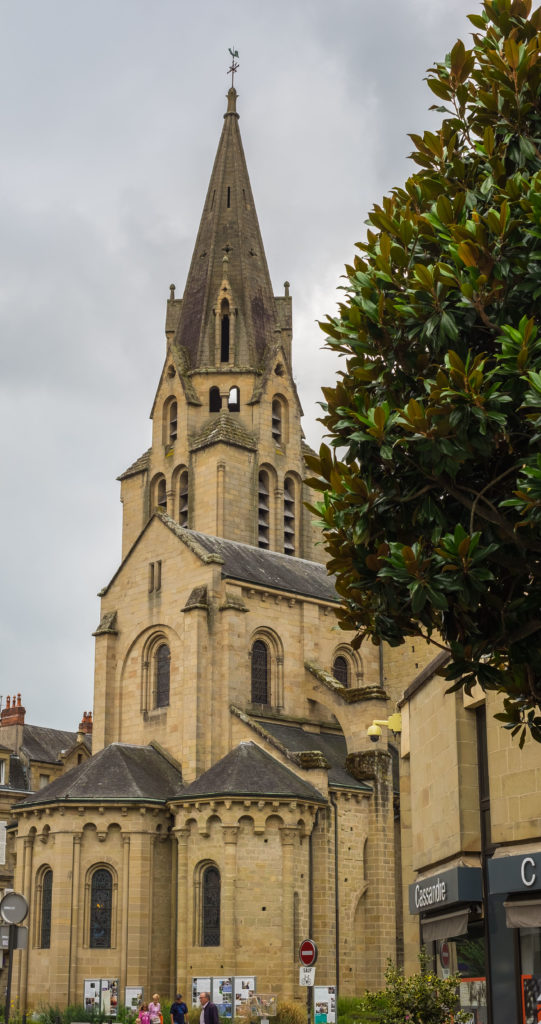
Collegiales and Abbatiales
Here’s where it gets a little more complicated. Some churches in the Catholic taxonomy are called “collegiate” (collegiale in French), while others are abbatiales. Both imply the presence of an organized community of priests who organize services and daily prayer cycles for the congregation. My understanding, though, is that a collegiale is run by a non-monastic group (“cannons” in church parlance), while an is specifically associated with an abbey – that is, an on-site group of nuns or priests governed by an abbot or an abbess and dedicated to following the monastic rules of a particular religious order.
In both cases, there are some spectacular examples of church buildings in central France associated with these forms of governance.
My favorite example of a collegiale is at Brive-la-Gaillarde, a town of around 50,000 people in the Corrèze. There are still traces of the original church built on this site in 407 A.D., although the “newer” parts date only from the 12th century; it’s a beautiful example of the Romanesque architecture that pervades this part of France.
There are plenty of abbey churches -- abbatiales -- as well. Here are a couple of examples, ranging from the primitive cave structures attached to the abbey at Brantome to a very contemporary concrete building at Randol attached to the Benedictine order and built in 1968.

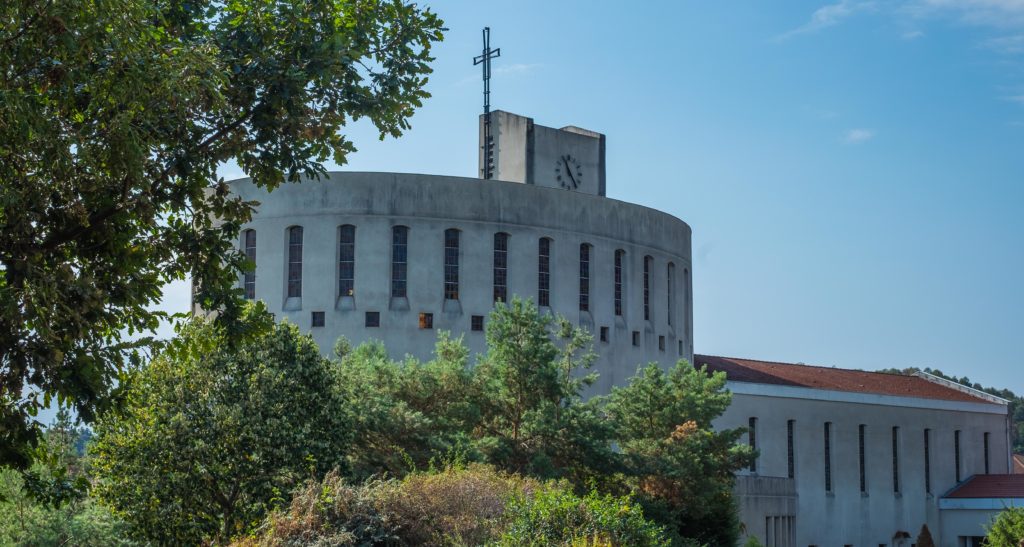
My favorite in this category, though, is the great complex of churches associated with the rise of the Bourbon family in Souvigny, toward the northern edge of the Auvergne.
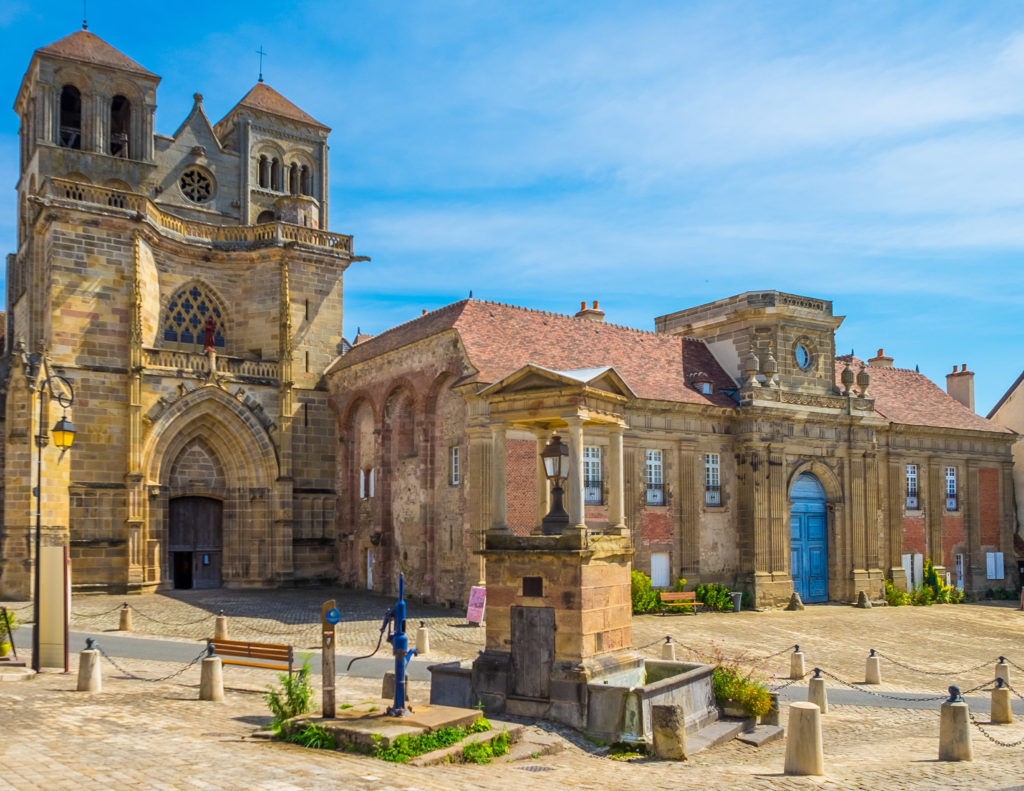
Chapelles
At the smallest end of the scale are the chapels (“chapelles”). These can be found almost anywhere. Almost every large cathedral, basilica or has at least one, sometimes many of these tucked into the bays alongside the main body of the church. But they can also be found anywhere someone felt a need to express a regular devotional – in a hospital, a school, a prison or a barracks. And many of the great chateaux and castles spread across France have their own private chapels, usually a place for a family to gather to worship together.
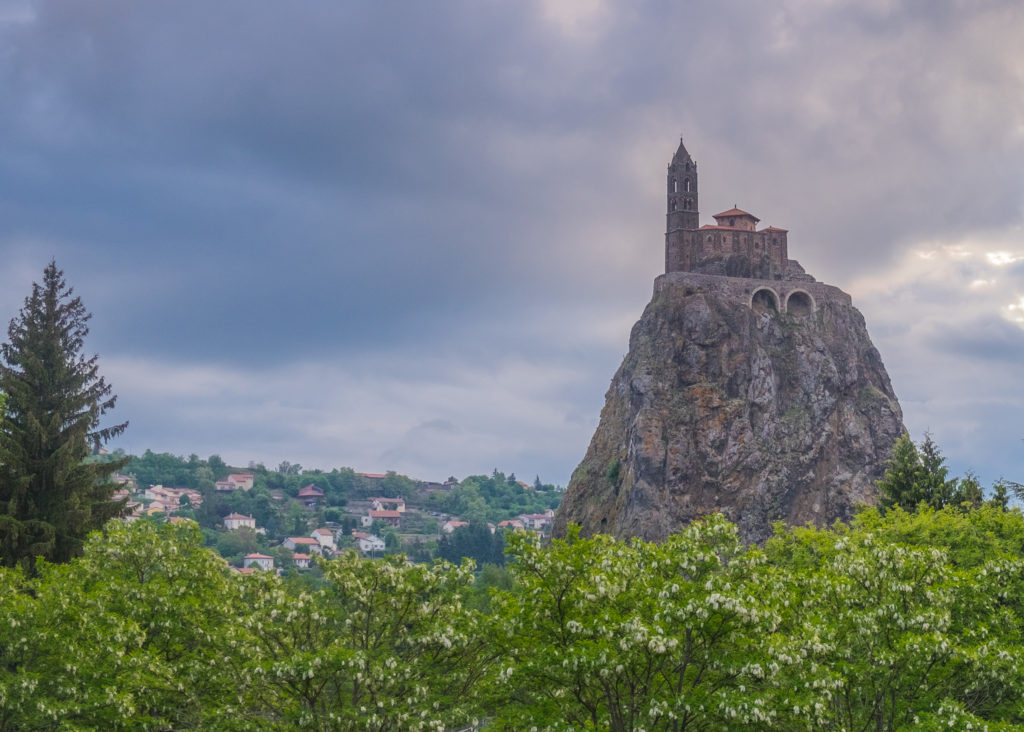
We recently visited one of the most spectacular small chapels to be found anywhere in France -- Saint Michel d'Aiguilhe perched on a sharp volcanic needle near Le Puy en Velay since 967 A.D. You have to climb 268 steps to get to the little building at the top, placed there in remembrance of the local bishop’s return from the long walk along the Way of Saint James to Compostella in Spain.
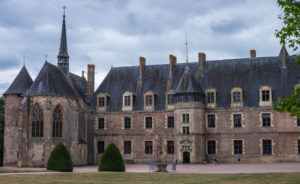
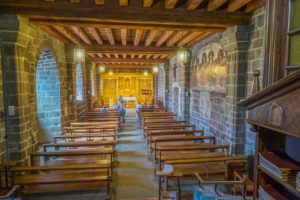
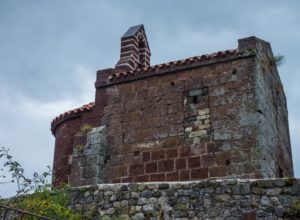
It's not all stone and mortar...
I’d be remiss if I didn’t note that for people of faith the word “church” doesn’t really imply anything at all about a building – it’s a word for the body of people gathered together in devotion to their beliefs. Logically, a church can be anywhere – in a tent, an abandoned supermarket, or a strip-mall storefront. Over the centuries, though, the expression of the deep beliefs of the people who make up “the church” has taken physical form in the great art and soaring architecture of these buildings.
I like to slip into these ancient buildings wherever I find them in the deep heart of France. I look for the artistic details – the intricate and wildly expressive carvings at the tops of columns, the frescoes painted on the walls, the rich colors of the stained glass – and I remember Ken Follett’s observation about the faith required of a 12th century sculptor willing to devote months to carving a small piece that would be mounted so high in the rafters that no one in the congregation below might ever see it.
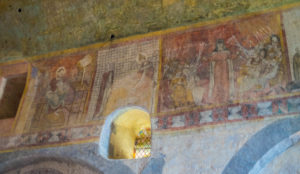
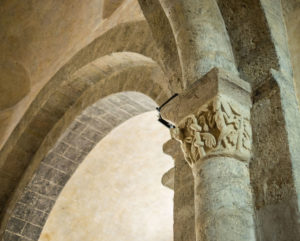
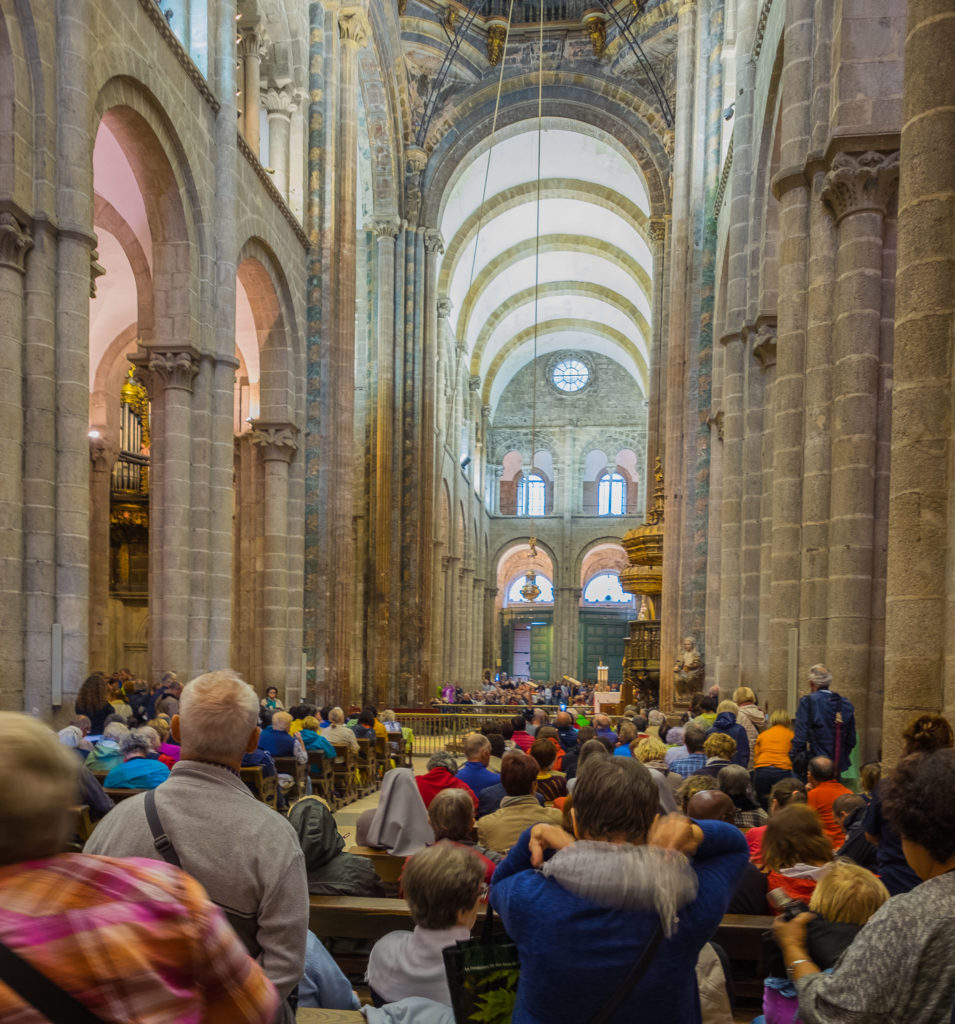
I like, too, to sit quietly in the dark, cool spaces in these places and think about all that might have happened here in the life of each building – from the ravages of the Plague to Viking invasions, the Hundred Years War, and the Wars of Religion. I take note of the damage done to so many of these buildings during the French Revolution, when the faces of all the saints were hacked off the sculptures and the buildings themselves were converted to stables or armories. And I try to imagine what the place means to the people who have gathered here for thousands of Sundays over the centuries. It’s a moving experience, and one that regularly reinforces my attachment to the deep heart of France.
Do you have a favorite cathedral or basilica from your travels around France? What do these different designations signify to you? Please tell us what you know in the comments section below – and please share this post with someone else who’s interested in traveling in France!
